iPhone SE 3 (2022) vs iPhone 11 (2019) Buyer’s Guide
The iPhone 11 and the iPhone SE 2022 (third-gen) are currently the lowest-cost iPhones on the market, with prices starting from $499 for the iPhone 11 and $429 for the iPhone SE. iPhone 11 was released back in 2019 and its initial price has been lowered since then in order to make it more affordable, as newer models in the main iPhone lineup got released. The third-generation iPhone SE, on the other hand, was launched early this year, adding various improvements to the iPhone SE lineup, which is Apple’s series of more affordable smartphones.
The difference in price between the two devices is only $70, so, naturally, it makes sense to try to compare them and see which of them is the better option. In the next lines, we will go over the differences that these two iPhones have and hopefully help you decide which one would be a better fit for you.
Device design and color options
The two devices share the same aluminum encasement, rounded edges, and glass backs. However, the SE model comes with a thicker top and bottom borders and features a Home Button. On the other hand, the iPhone 11 sports an all-screen design, so it lacks a Home Button, and its True Depth front-facing camera is integrated into the top of its display via a cutout.
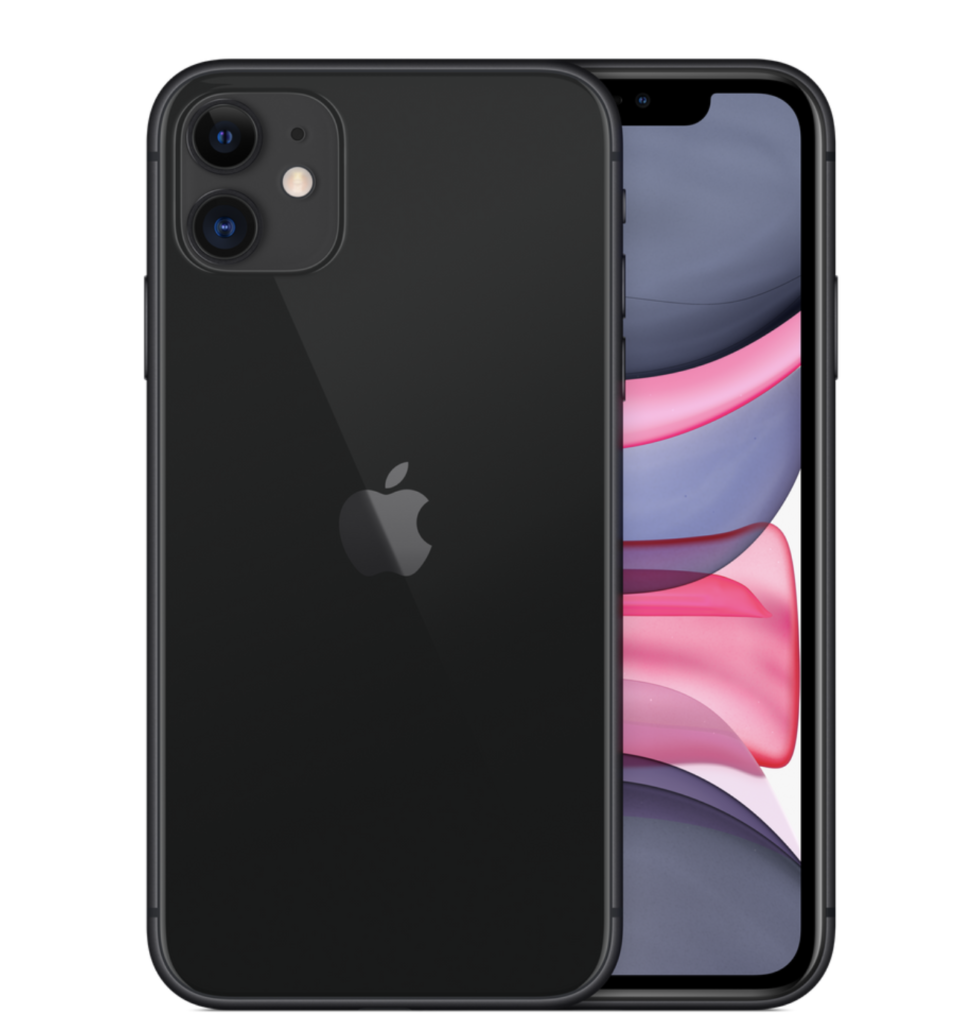
The iPhone SE’s design is reminiscent of that of the older iPhone 8, so it has a more old-school look, compared to the more modern-looking iPhone 11. The main difference here comes from the all-screen design of the iPhone 11, which removes the top and bottom borders and the Home button in favor of larger display space. Depending on which look you prefer, you may like one device more than the other.
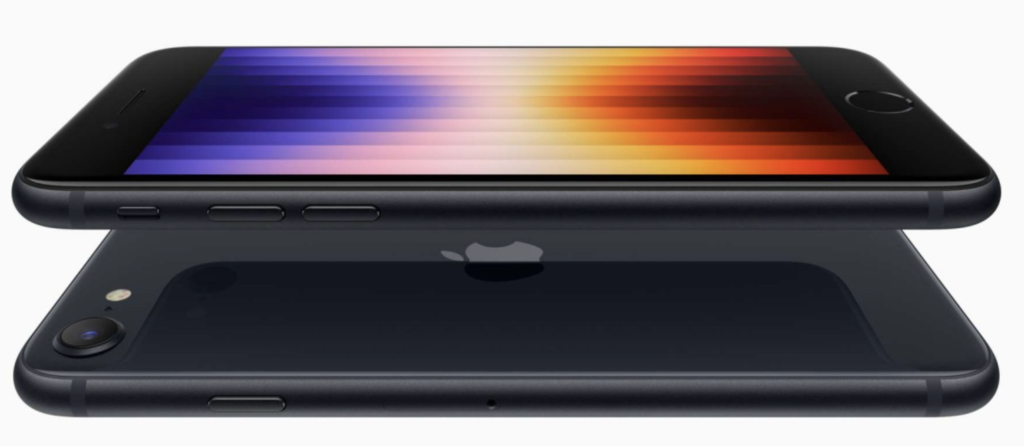
Also of note is the sheer size difference between the two devices – the iPhone 11 is notably/taller and also 35% heavier. According to Apple, the SE model’s back features toughened glass that’s also used by the iPhone 13 and 13 Pro, resulting in higher durability, compared to the iPhone 11, which has the older, less durable glass back. How notable the difference in toughness is, however, is hard to determine – in either case, you should still avoid letting your iPhone drop-top the ground or take any other form of impact.
Lastly, the color options for the iPhone SE are Midnight, Starlight, and PRODUCT(RED). The iPhone 11 has Yellow, Green, Purple, Black, White, and PRODUCT(RED) color options.
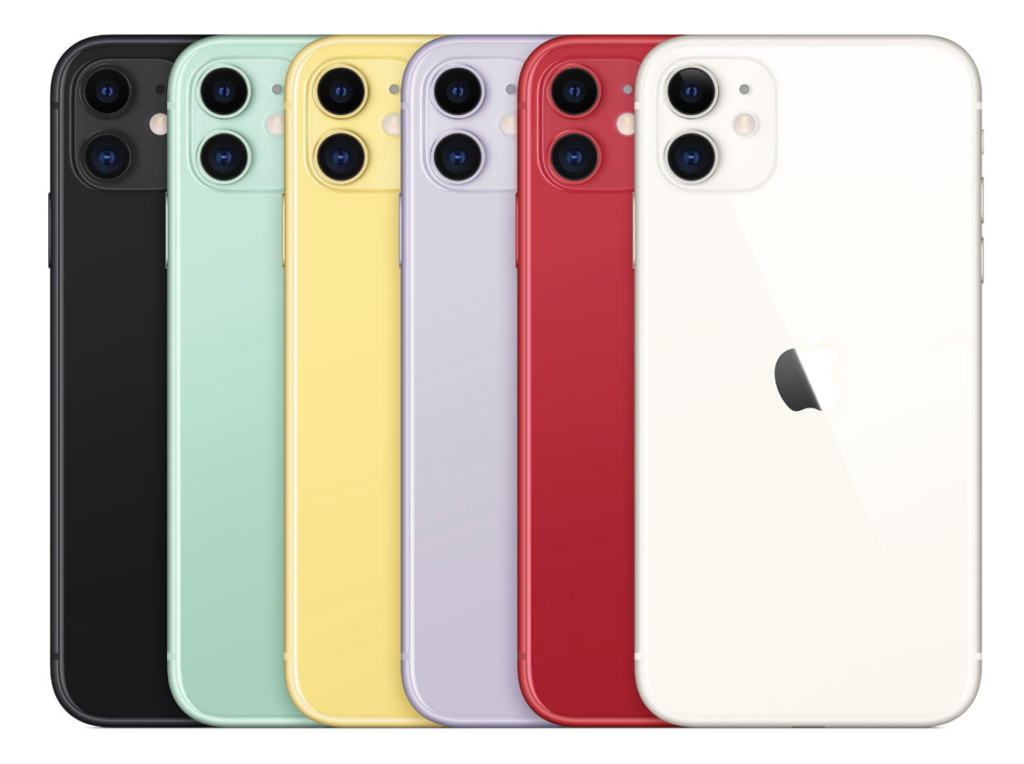
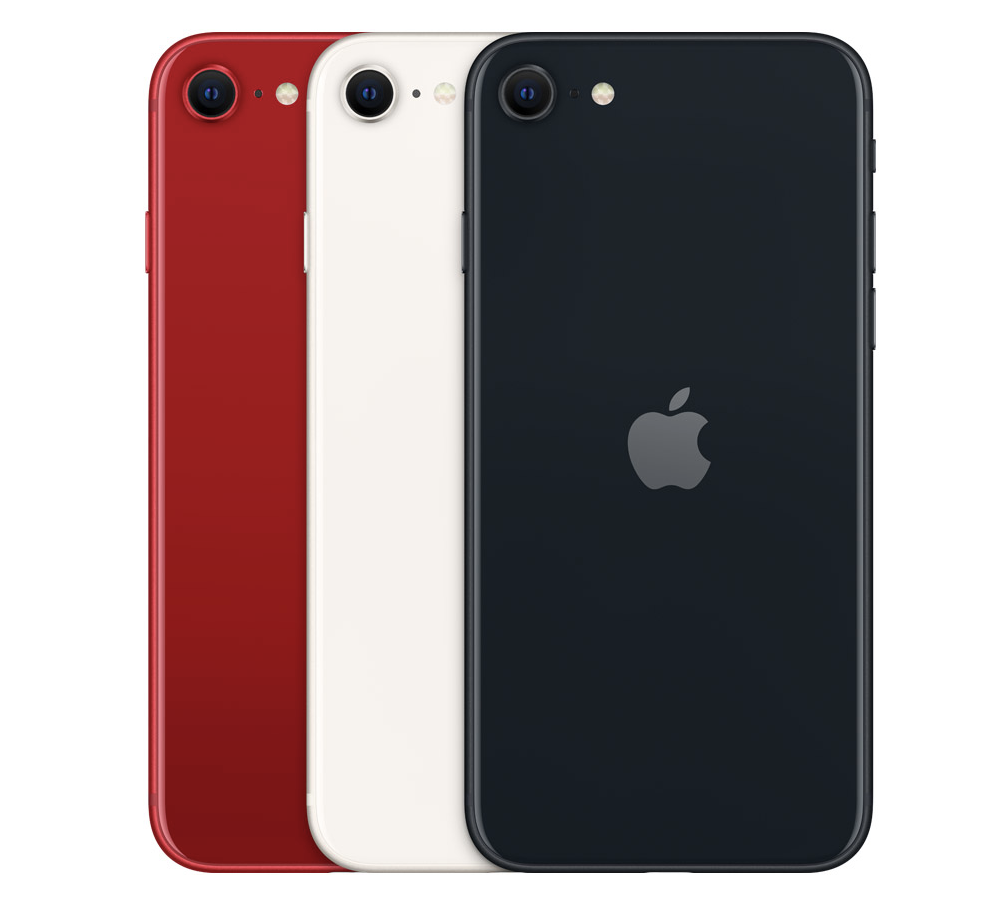
Device display
Save for the difference in size, the displays of the two devices are identical. Both the iPhone SE and the iPhone 11 sport a Retina HD LCD that has 326 PPI, features IPS technology, P3 Wide Color, and Haptic Touch. The display can deliver a peak brightness of 625 nits. In terms of size, the iPhone 11 has a larger 6.1-inch display compared to the iPhone SE’s 4.7-inch screen. If you tend to consume a lot of media such as games and videos on your phone as well as if you use it a lot for reading, then the larger display of the iPhone 11 may be preferable. Other than that, there aren’t any other differences between the displays of the two devices.
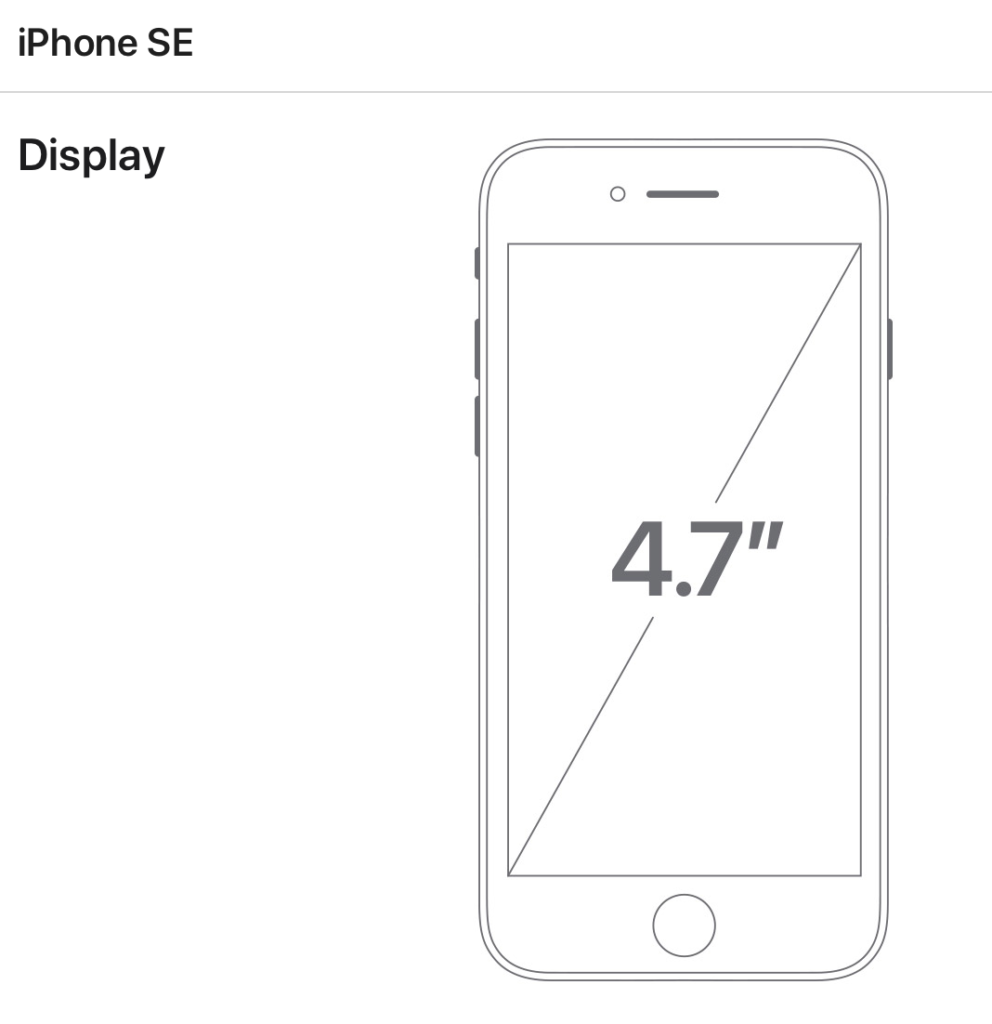
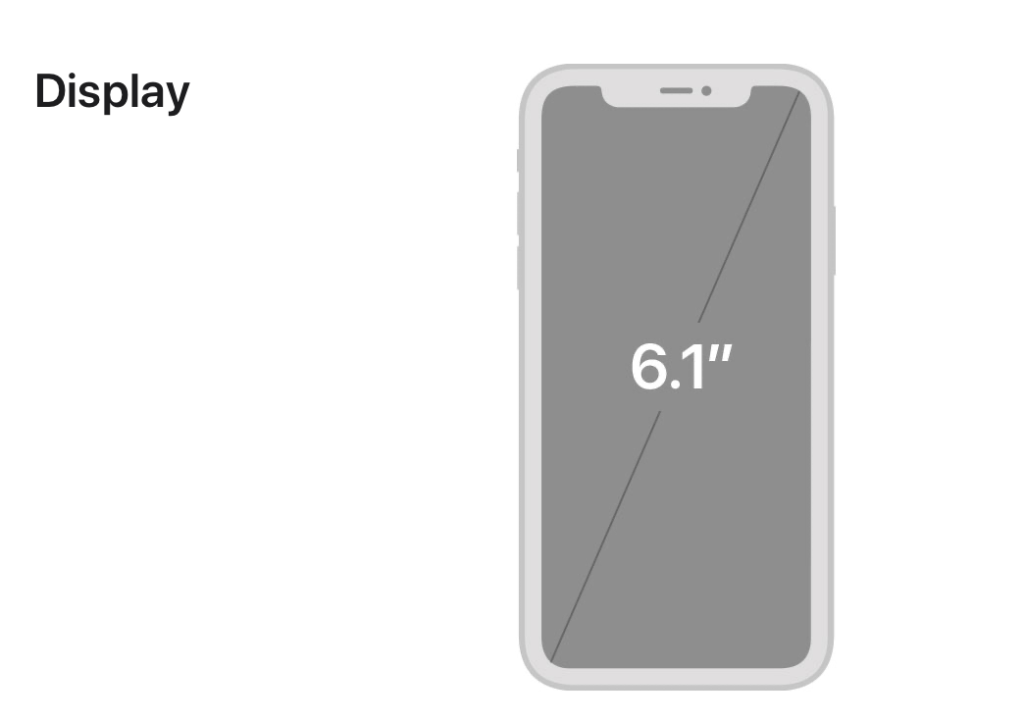
Authentication
A noteworthy difference between the iPhone SE and the iPhone 11 is the authentication method that they use to get unlocked. The iPhone SE has a Touch ID scanner in its Home Button that it uses for authentication, whereas the iPhone 11 uses Face ID through its front-facing camera to authenticate its user. Face ID is the authentication method that’s typically featured in the more premium Apple phones and tablets and, according to Apple, the chance of a random person unlocking your phone via Face ID is lower than via Touch ID. That said, this probability in both cases is very low, and the two technologies have come a long way since their inception so they are currently quite refined and very safe. A downside of the Face ID is that it doesn’t work perfectly if the user is wearing a face mask, and a downside of the Touch ID is that it struggles with sweaty or wet fingertips. A result of the lack of Face ID in the iPhone SE is that camera features such as Animoji or Memoji are not supported.
Under the hood
There is quite a noticeable difference in the chips that power the iPhone SE and the iPhone 11. Here, the clear winner is the iPhone SE with its newer and more efficient A15 Bionic chip (which is also featured in the high-end iPhone 13) compared to the older A13 Bionic chip of the iPhone 11 model.
The A15 chip clocks at 3.2GHz, while the A13 has a core frequency of 2.7GHz. When tested for single-core performance, the Geekbench score of the A15 chip is 1,700 and the score of the A13 is 1,300. The difference is even more notable when the two chips are tested for their multi-core performance – there the A15 scores at 4,650 and the A13 gets a score of 3,050. In other words, it can be expected that the iPhone SE (2022) would deliver a notably better performance than the iPhone 11. The newer, more efficient, and more powerful A15 chip of the iPhone SE also means that the device is more future-proof than the iPhone 11.


In terms of storage, both devices start with 64 GB as their base storage configuration and can be configured to 128 GB for an extra $50 to the end price. However, the iPhone SE’s storage can also be configured to 256 GB, which adds $150 to the starting price of the device. There isn’t a 256 GB storage option for the iPhone 11.
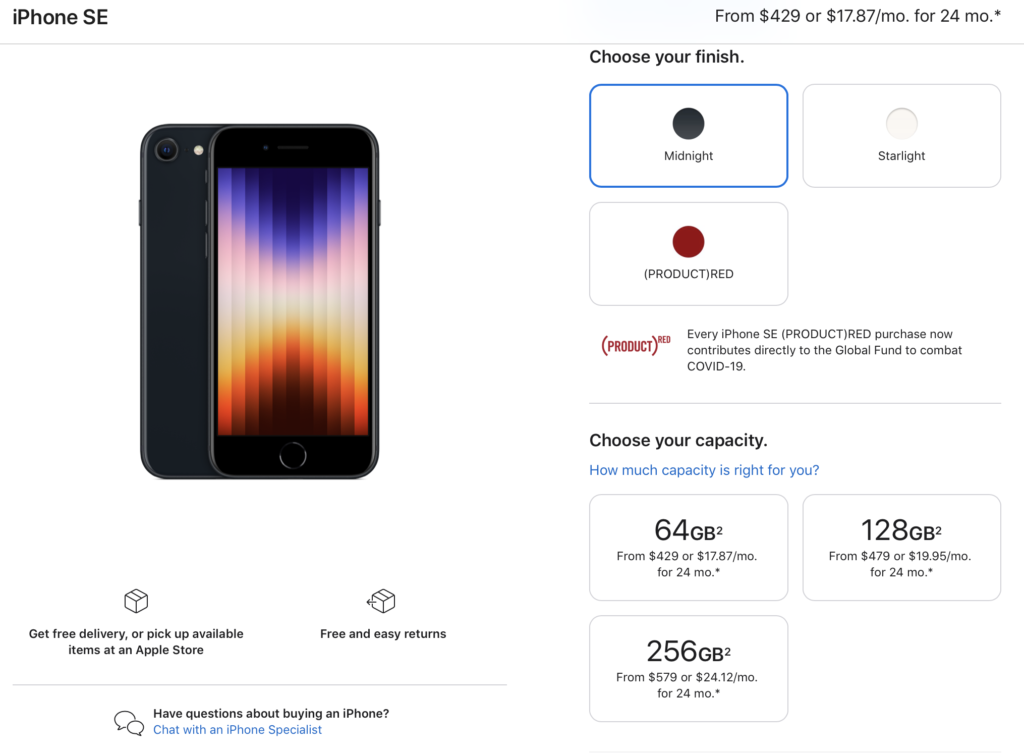
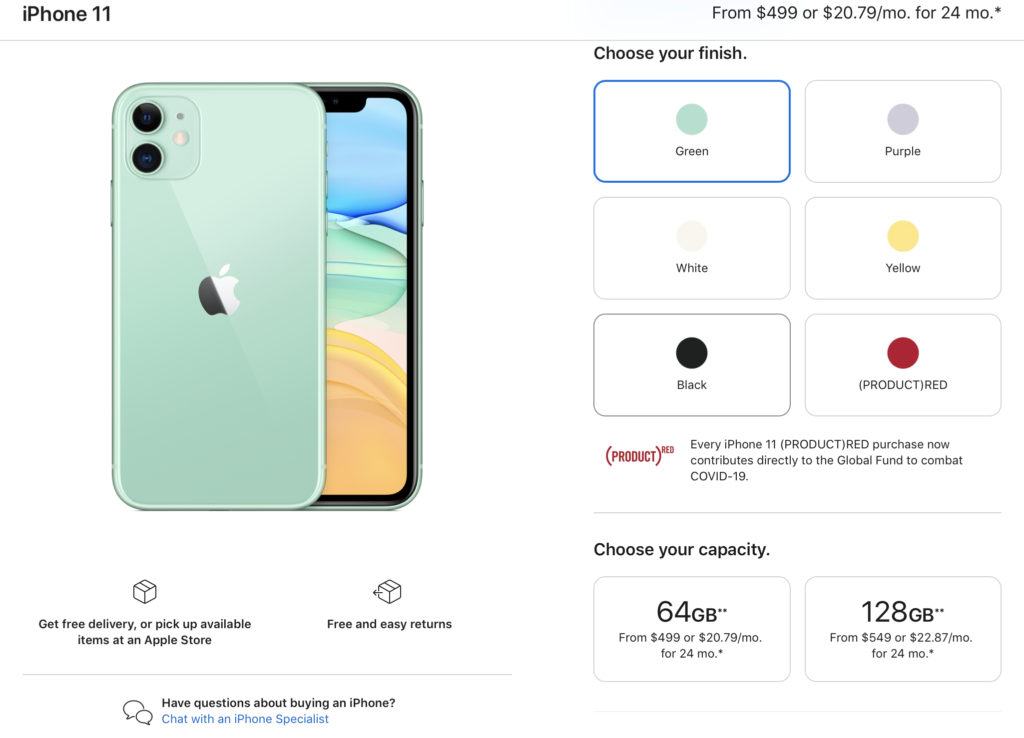
Connectivity
The SE model features sub-6GHz 5G connectivity, whereas the iPhone 11 doesn’t have the option to make use of the latest 5G networks. Of course, benign ability to use 5G also depends on your current service provider and data plan, but it’s still better to have the option to use 5G. This is yet another aspect where the SE model is the more future-proof device.
Cameras
While both devices have very good front and back cameras, here the iPhone 11 has some undeniably advantages that may make users who value good camera quality pick this device over the iPhone SE.
Front
The front camera of both devices is with ƒ/2.2 aperture, features Retina Flash, Portrait Lighting, Portrait Mode, Retina Flash, and supports video recording at 1080 HD and 60 FPS. It also supports Cinematic video as well as QuickTime video.
However, the iPhone 11’s front camera is better due to its 12 MP picture quality compared to the 7 MP of the iPhone SE’s front camera. The iPhone 11’s front-facing True Depth camera can record videos with 4K resolution and also supports slo-mo, Animoji, and Memoji. If you use the front camera of your phone a lot and want it to film and take photos with the best quality, possible, the iPhone 11 is the obvious choice here.
Back
On its back, the iPhone 11 has two cameras, one Wide and one with an Ultra-Wide lens. The Wide lens camera is with an ƒ/1.8 aperture, supports 4K video-recording resolution, has optical stabilization, and features True Tone flash that supports Slow Sync. The camera also has computational photography capabilities such as Portrait Mode, Deep Fusion, Smart HDR, and Portrait Lighting. The iPhone SE has the exact same camera on its back, but it doesn’t have a second camera.
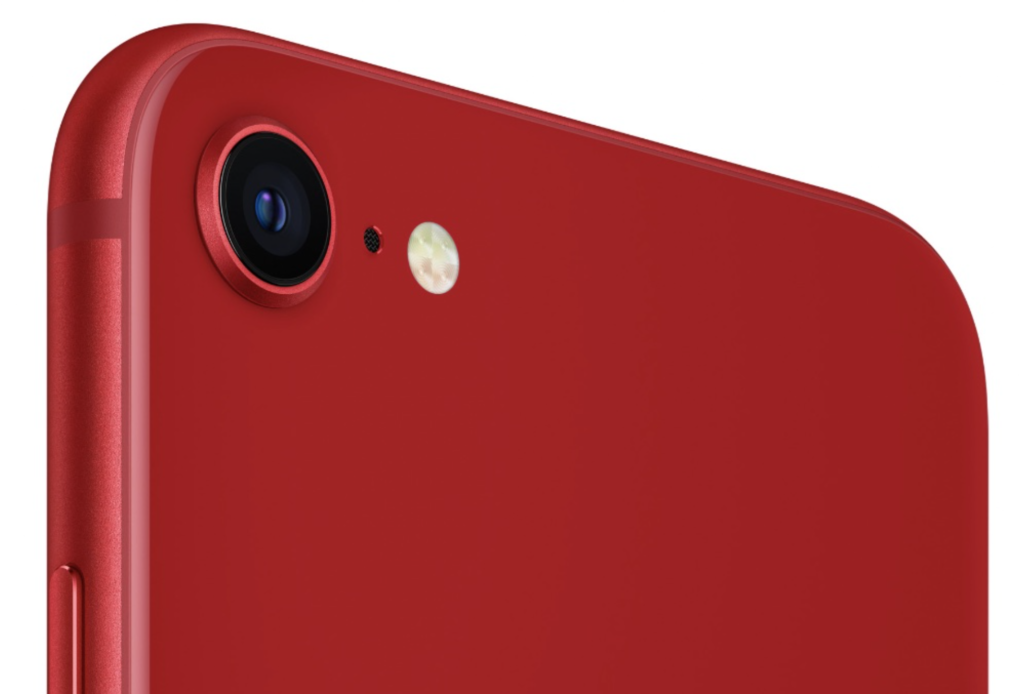
The Ultra-Wide camera of the iPhone 11 allows for two-times zoom out. The iPhone 11 also has the ability to make high-quality photos in environments with low lighting. It also provides the option to use Night Mode.
Another advantage of the iPhone 11 is that it can use an “audio zoom” feature, that lets it isolate sounds when recording zoomed-in videos. Also, while both devices have the Portrait Mode feature for their back cameras, the iPhone SE’s Portrait Mode works only for people but not objects, while the Portrait Mode of the iPhone 11 works for both people and objects.
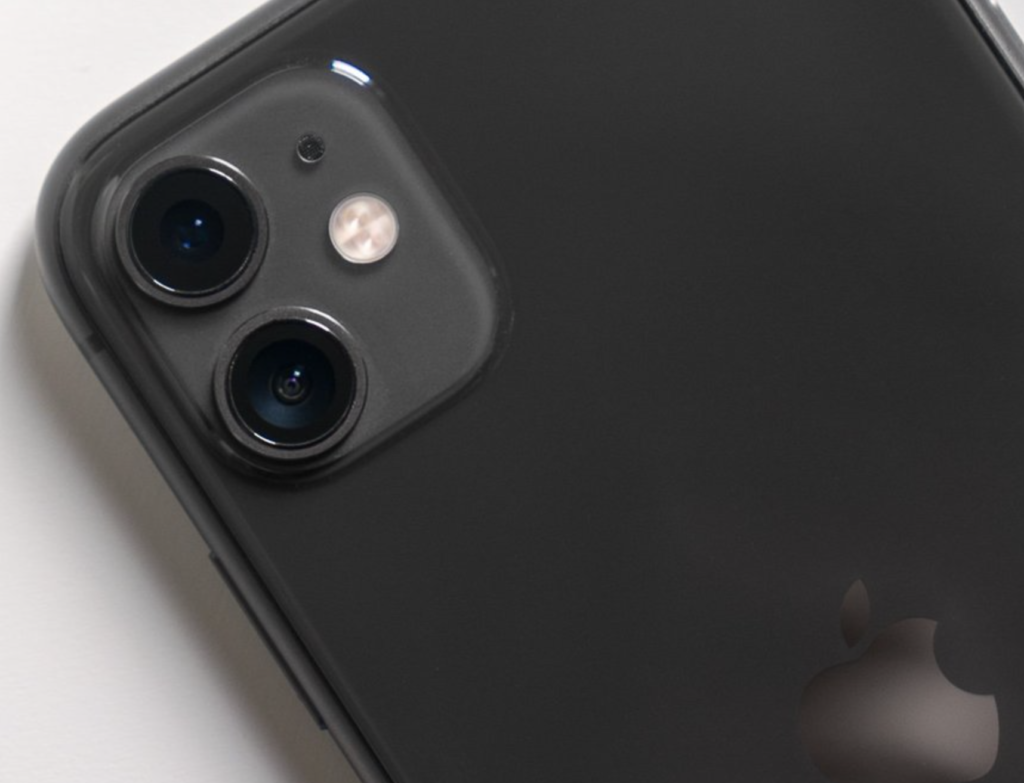
Overall, the iPhone 11 has the better back camera(s) and if getting the best possible camera on your phone that you can for the money you spend, then the iPhone 11 may be the better option for you. This, however, doesn’t mean that the iPhone SE’s rear camera isn’t good – it’s still a very potent camera, but it just lacks some of the features that come with the iPhone 11.
Battery
The iPhone SE can last up to 15 hours with video playback, whereas the iPhone 11 can go up to 17 hours. If we are talking about video streaming, both devices can deliver roughly about 10 hours of playback. For audio playback, the iPhone SE can last for about 50 hours and the iPhone 11 for about 65 hours. Generally, both devices have okay battery lives that should last you for the whole day, but if you want to get as much time between battery charges as possible, then you may prefer to go with the iPhone 11.
Additional features
Both the iPhone SE and iPhone 11 can resist being submerged in water for up to 30 minutes, but the iPhone 11 has a higher IP rating of 68 compared to the IP67 rating of the iPhone SE. This means that the iPhone SE can be submerged into water up to one meter deep, without taking water damage (for 30 minutes) and the iPhone 11 can go a meter deeper without getting damaged (again, for up to 30 minutes). Though it’s unlikely that this would ever matter a whole lot to most users, it’s still important to note that the iPhone 11 is significantly more durable when it comes to water resistance.
Another notable feature of the iPhone 11 is that it has a U1 Ultra Wideband chip that gives the device spatial awareness and also gives you the option to track AirTags with it as well as to use it as a digital car key. Additionally, iPhone 11 has support for Dolby Atmos via its built-in speakers, though it’s unlikely that you’d ever notice that due to the small size of the device and the speakers.
None of these features are particularly important, but they still give a small edge to the iPhone 11 over the SE model.
Final Verdict
Both devices are great and, as they share a lot of the same features, they are also quite similar. Still, the iPhone 11, being representative of a higher-end Apple phone lineup, comes with better cameras, a larger display, and a slightly longer battery life. On the other hand, due to its significantly more recent release date, the iPhone SE features the more powerful and efficient A15 Bionic chip and supports 5G connectivity, which future-proofs the device. The iPhone 11 also has the 256 GB storage configuration option, which isn’t available with the iPhone 11. Overall, we’d say that the iPhone 11 is still the superior option due to some of its more premium features, but the iPhone SE is more modern and more up-to-date with the current technology trends. If your question is “Is it worth spending an extra $70 to get the iPhone 11?”, the answer would be that it may be worth it, but only if you specifically value any of the aspects, such as cameras, battery, or display size, where the iPhone 11 has an advantage over the iPhone SE. If those things aren’t that important to you, you should probably get the iPhone SE due to it having a bit lower price and being more future-proof.
Leave a Reply